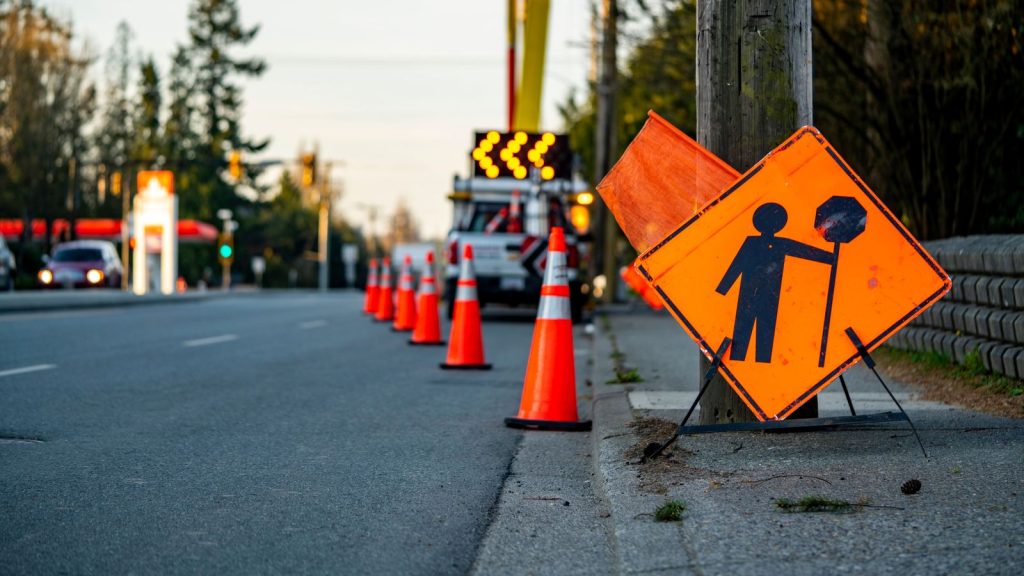Essential Points To Address With Your Work Safety Plan

There is one area where businesses never want to cut corners. It’s their work safety plan. Not only does the plan address employees’ health and safety, but it is also a proactive tool that helps companies comply with industry regulations. When organizations are creating a workplace safety plan, there are a few essential points to be sure to address.
Essential Points to Address in Your Work Safety Plan
Workplace safety is more than implementing random drug testing or making sure all employees are wearing the appropriate safety equipment. These are part of OSHA’s compliance requirements but they don’t cover every point you need to address to ensure employee safety. There are other aspects you want to include in your workplace safety plan template.
Run Regular Hazard Assessments
Performing regular hazard assessment is time-consuming, but it’s also vital for safety. A risk assessment identifies potential and immediate hazards, giving you time to implement adequate safety protocols.
The audit should include risk details and photos. Having a record of the audit will make it easier for you to know which practices are an effective solution to the problem. You also want to assign specific solutions to supervisors and/or employees. Keep a record of who is responsible for each corrective action.
When a hazard is discovered, assign it a number from 1 – 3 based on the threat level. Less serious threats receive a higher score, while immediate risks get a lower number. Ranking the severity of the risks will make it easier for you to know which ones are immediate problems.
Include Employee Training
You train your employees on proper equipment use and their other daily duties, but proper safety procedures are sometimes overlooked. Hanging OSHA and other industry safety posters in common employee areas is a good start. However, to ensure a safe working environment employees also need to participate in training classes.
Some of the key points companies want to cover in an employee safety training class include,
- The company’s current safety protocols
- How to recognize a hazard and report it to the appropriate person
- Behaviors that are acceptable and those that aren’t
- Proper protective personal equipment (PPE)
- Training specific to the individual’s job
Companies can cover additional aspects that apply to their industries. The main purpose of a safety training class is to teach workers how to recognize and prevent hazards.
Accident Investigations
Regardless of how careful a company is, accidents will still happen. How the organization responds indicates the effectiveness of its safety plan. While there are specific industry requirements that companies must follow when they’re reporting an accident, not all incidents need to be reported, though do not let minor injuries go unnoticed.
For example, if an employee has a slight finger cut that is treatable with a band-aid, the injury most likely doesn’t need to be reported to industry regulators. However, keeping an in-house record and investigating the incident is a proactive step towards improving workplace safety. As part of your safety plan, all minor and serious incidents should be reported and investigated.
Management and Employee Commitment
The best workplace safety plan is useless if management and employees aren’t committed to it. You can have an effective workplace safety plan example that everyone agrees with, but if the protocols aren’t followed, the hazards will still exist.
Companies must have all levels working together, from upper-management to employees and trainees. After creating the workplace safety plan, everyone must implement and follow the recommended protocols. Committing to a workplace safety plan has benefits for everyone. Employees have a safe working environment, while company owners and upper-level managers have a lower risk of paying the non-compliance fines associated with employee accidents.
Create a Workplace Safety Plan Today
Creating a workplace safety plan template and implementing it will result in fewer hazards and employee accidents. However, it’s not always easy getting started. If you need a workplace safety plan example or assistance running a risk assessment Work-Fit is here to help.
We are also happy to answer any of your questions or tell you about the other services we offer.



